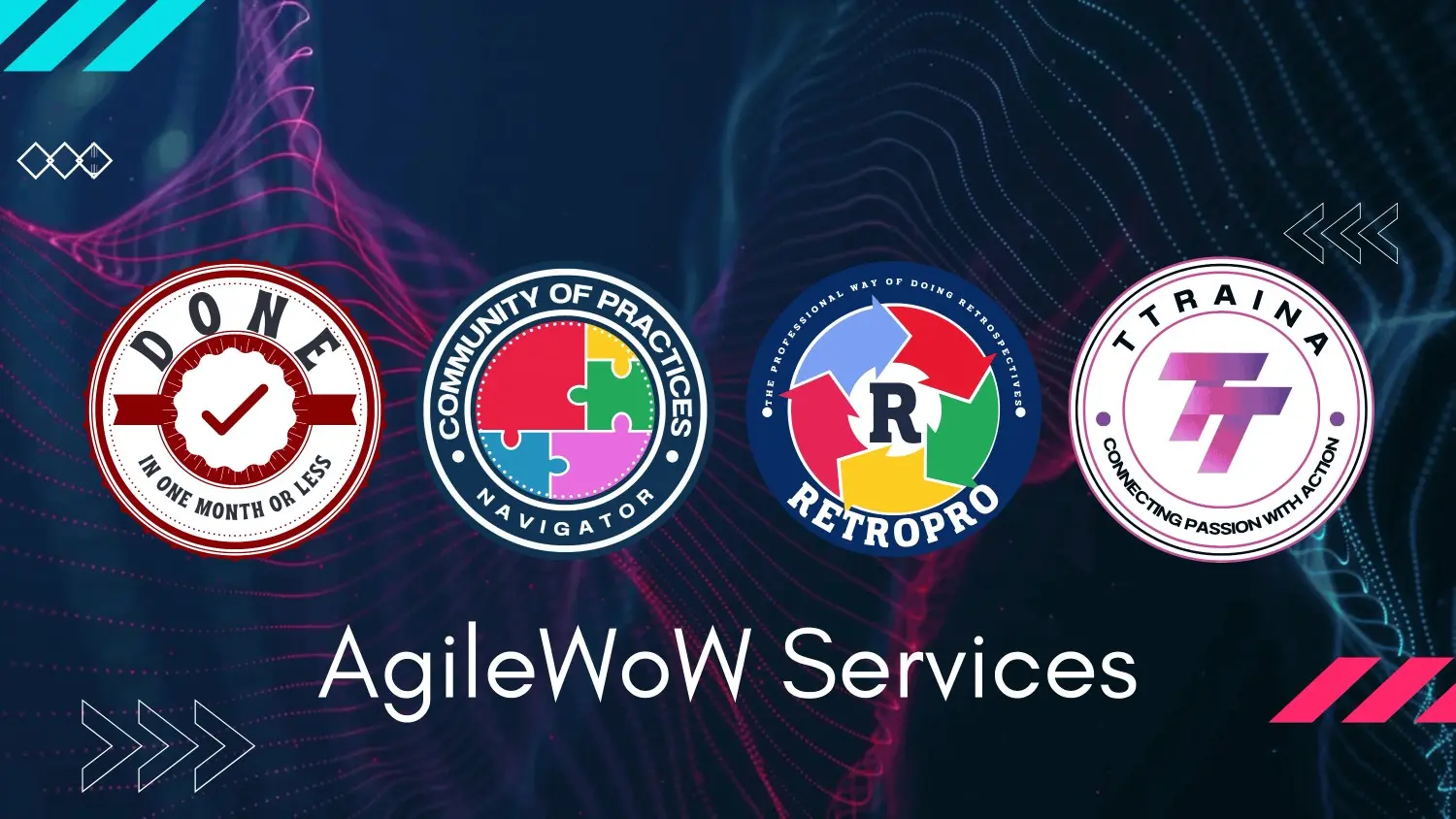Agile Leadership and Accountability: Building a Culture of Ownership
In high-performing teams, one thing sets them apart: They don’t wait to be told what to do. They own the work. They own the outcomes. They own the impact.
And this doesn’t happen by chance. It happens when leaders create a culture where accountability is not enforced—it's embraced.
In the world of Agile, accountability is not about blame. It’s about ownership, clarity, and commitment—all fostered by leaders who trust, support, and empower their teams.
Why Ownership Matters in Agile Teams
In traditional systems, accountability often comes from the top: Deadlines. Checklists. Reviews.
But in Agile environments, the game changes. Teams are expected to self-organize, collaborate, and continuously improve.
That level of agility isn’t possible without a strong sense of personal and collective ownership.
As Agile leaders, our job is not to micromanage tasks. Our job is to create the environment where people take initiative and feel responsible for the result.
How Agile Leaders Foster Accountability
Here are five simple, powerful ways Agile leaders build a culture of ownership—without command-and-control.
-
1. Set Clear Goals, Not Detailed Instructions
Accountability starts with clarity.
Teams can’t take ownership if they don’t understand the “why” behind the work.
Instead of assigning step-by-step tasks, great leaders share:
- The objective
- The success criteria
- The impact
And then they say: “Now let’s figure out together how to get there.”
-
2. Give Teams the Space to Decide (and Own the Results)
Ownership grows when people are trusted to make decisions.
Agile leaders don’t just delegate work—they delegate thinking.
They give teams the autonomy to:
- Prioritize backlogs
- Choose how to deliver
- Reflect and adapt after each iteration
With that autonomy comes natural accountability.
When people choose the path, they’re more committed to the destination.
-
3. Make Feedback Safe, Fast, and Frequent
Accountability thrives in environments where feedback is: Timely, Constructive, Continuous.
Agile leaders normalize feedback through:
- Sprint retrospectives
- Daily stand-ups
- 1:1 coaching conversations
They focus on learning, not blame. They turn mistakes into fuel for growth. And as a result, teams become self-correcting.
-
4. Celebrate Ownership, Not Just Results
High-trust Agile leaders celebrate more than just outcomes.
They recognize:
- Someone who took initiative to solve a tough problem
- A team that admitted a mistake early and fixed it
- A product owner who said "no" to protect the team’s focus
These are moments of ownership—and when leaders acknowledge them, they reinforce the behavior.
-
5. Lead by Owning Your Own Gaps First
Agile leaders model accountability.
They say things like:
- “I missed that—thanks for catching it.”
- “I should’ve communicated that more clearly.”
- “That one’s on me.”
Why? Because when leaders take responsibility, it sets the tone for everyone else.
It tells the team: “Here, we own what we do—together.”
Accountability Is Culture, Not Command
You can’t force accountability with pressure. You build it with trust, clarity, and support.
Agile leadership isn’t about holding people accountable from above—It’s about helping them take pride in owning the work from within.
When teams feel that kind of ownership, you don’t need to remind them to deliver. They deliver because they care.
Share Your Insights!
How do you encourage ownership and accountability on your team?
What’s one leadership habit that helped build a culture of responsibility?
Let's discuss and share insights!
Email Us to Discuss




